“An outstanding contribution to Buddhist studies specifically focused on teaching Buddhism skillfully and effectively in contemporary settings...an all-star cast of authors with extensive, proven teaching expertise...an essential guide for anyone teaching Buddhism today.”
-DALE S. WRIGHT, author of What Is Buddhist Enlightenment?
“Teaching Buddhism is an insightful array of essays responsive to the changing contours of contemporary intellectual and theoretical discourses, social change in the contemporary world, and the evolving nature of the classroom in Euro-American higher education. A smartly conceived volume comprised of nineteen well-written and topically focused essays by leading scholars in Buddhist studies, this book will be of enormous practical value to those tasked with teaching Buddhism at all levels. Enthusiastically recommended!”
-JOHN CLIFFORD HOLT, author of Theravada Traditions: Buddhist Ritual Cultures in Contemporary Southeast Asia and Sri Lanka.
"It is difficult for students and anyone teaching Buddhism, even a subject specialist working in Buddhist Studies, to know what is going on in contemporary research and teaching across the whole of a very wide and complex field. Teachers are nevertheless often required to teach areas of the subject that extend well beyond their own immediate interests and expertise. This substantial book should help the study and teaching of Buddhism, even by non-specialists, to reflect the state of much of the current specialist research interests and approaches particularly in the English-speaking and especially the contemporary North American context. It includes useful coverage of some often neglected areas and brings a balance and flexibility of approach that also gets behind stereotypes and popular misunderstandings and myths about Buddhism. Even experienced professors who have been teaching Buddhist Studies for several decades can learn from this valuable resource, for it is always possible to improve and one way to do this is through hearing about, engagement with and critical reflection on how others are doing it. It is very much to be welcomed."
-PAUL WILLIAMS, Emeritus Professor of Indian and Tibetan Philosophy, University of Bristol, UK
ANYONE TEACHING BUDDHISM in an introductory college class inevitably presents one of its founder's core views of the world, one of three fundamental “characteristics” of reality: impermanence (Skt. anitya, Pali annica). The Buddha taught that since change is unceasing, humans must cope with this reality, and that as embodied living beings they are accordingly destined to suffer whenever favorable conditions end, with the onset of illnesses, and certainly with the inevitable arrival of old age and death. In a sense, the teaching that there is no unchanging reality (such as a soul) on which to center our lives is an extension of this doctrine. Thus, the teaching of impermanence is central to understanding the Dharma; and comprehending it thoroughly in one's life experience is essential to an individual's path toward nirvāṇa realization.
In many respects, all who teach Buddhism face the challenge of presenting a starting point, a cogent historical and phenomenological narrative, for their students; and so instructors must inevitably resort to (over)simplifications. Given the paucity of cumulative scholarship on this tradition, and the many and often huge gaps to date in scholars integrating and assimilating the textual, epigraphic, art historical, numismatic, and ethnographic sources that define Buddhist studies, we feel that it is simply an empirical fact that skillful teachers of Buddhism today—and for the foreseeable future—must be ready to incorporate new insights from these fields of scholarship. Furthermore, we should also be alert to including new and interesting case studies and topics in our courses such as where and how Buddhist traditions are entering EuroAmerican societies and where there are significant, emerging dialogs with contemporary scientific, environmental, economic, ethical, or philosophical thought
The second arena of change that points to the necessity of updating courses on Buddhism is that our students are also an ever-changing audience. The cognitive and imaginative worlds that they inhabit are evolving so swiftly and according to existential variables no one can chart clearly either alone or as they are interacting: vast global information instantly accessible on the Internet, communications connections providing immediate access to friends and family, immersion in these and other media that occupy an unprecedented presence in their daily lives. While college courses and curriculum may authentically and usefully preserve traditional academic approaches, methods, and insights to new generations of students, it is also undeniable that effective teachers cannot ignore the characteristics of their audience, especially now and in the coming decades when we will continue to live through unprecedented changes in the experience of students.
I HAVE BEEN teaching courses on Buddhism to undergraduates for almost forty years. Now, I find myself wishing this book had been available at the start rather than the end of my career! I might earlier on have been inspired to adopt and adapt more creative approaches to the subject matter—to take certain pedagogical paths-not-imagined. Or I might also have been emboldened to offer even more focused courses on particular Buddhist topics. Or I might have been encouraged to urge my colleagues in various fields to make Buddhism something that is truly found “across the curriculum.” Not that this work could have been written in the 1970s; the field was much younger then, and the materials available to students quite limited in number and scope. This is a collection of essays written for the present, in tune with the needs and interests of faculty and students alike.
Thinking back to the books that were on the reading list of the first course I took on Buddhism at Oberlin College, in the mid-1960s, I remember: Henry Clarke Warren's Buddhism in Translations; Edward Conze's Buddhism: its Essence and Development; Walpola Rahula's What the Buddha Taught; Winston King's A Thousand Lives Away; Thich Nhat Hanh's Vietnam: Lotus in a Sea of Fire, and a pamphlet by Nyanaponika Thera on The Power of Mindfulness. This combination was actually pretty effective (my class was taught by an inspired and knowledgeable professor, Don Swearer), but beyond this there was little else available for class use. And the situation for Chinese and Japanese Buddhism was much worse. As for Tibet, it was still an academic terra incogmita; as I sometimes joke—not completely accurately—to the students in my Tibetan religions class: “when I was in college, there were only four books in English on Tibetan Buddhism and they were all written by a single wideeyed theosophist, W. Y. Evans-Wentz.”
Reflecting back over the teaching of Buddhism in American colleges and universities over the past half century, it may be possible to distinguish four pedagogical stages or contexts in this academic and cultural adventure, as the field has grown and interest in Buddhism has spread through Western culture. These stages, though they came about more or less successively, also continue to exist concurrently, and indeed they still all have a valued place in present-day curricula. (1) Initially, Buddhism was mostly introduced as a "unit" in more general courses on World Religions which were more often than not taught by faculty who were not specialists in Buddhism. There are two basic ways of teaching such courses: as a smorgasbord, in which various traditions (Hinduism, Buddhism, Judaism, Christianity, Islam, etc.) are all laid out separately, but next to one another; or as a shish kebab, in which various “skewers” (the “skewers” of doctrine, or ritual, or community, or ethics, of religious experience, etc.)

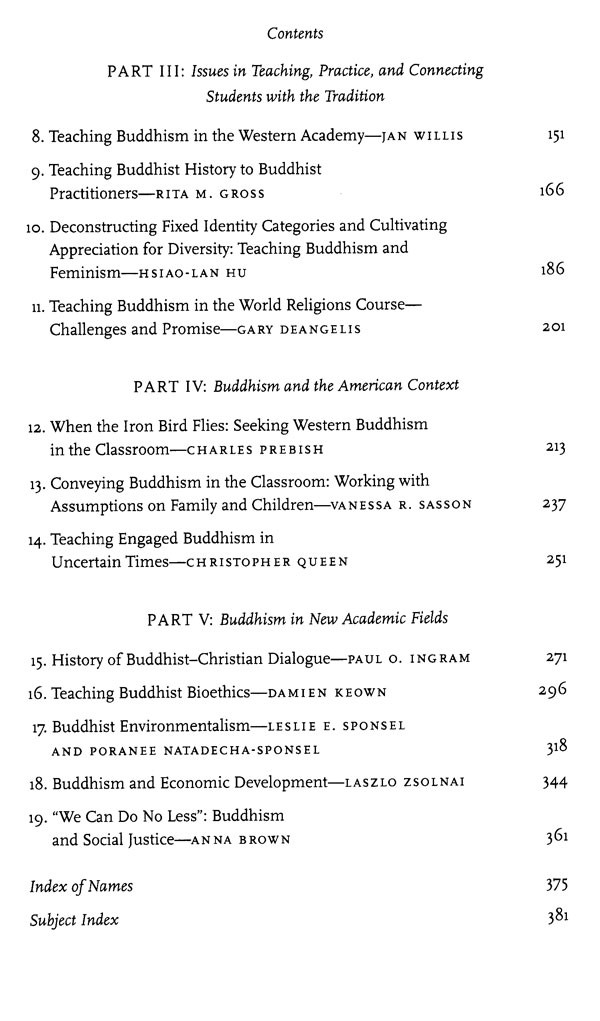
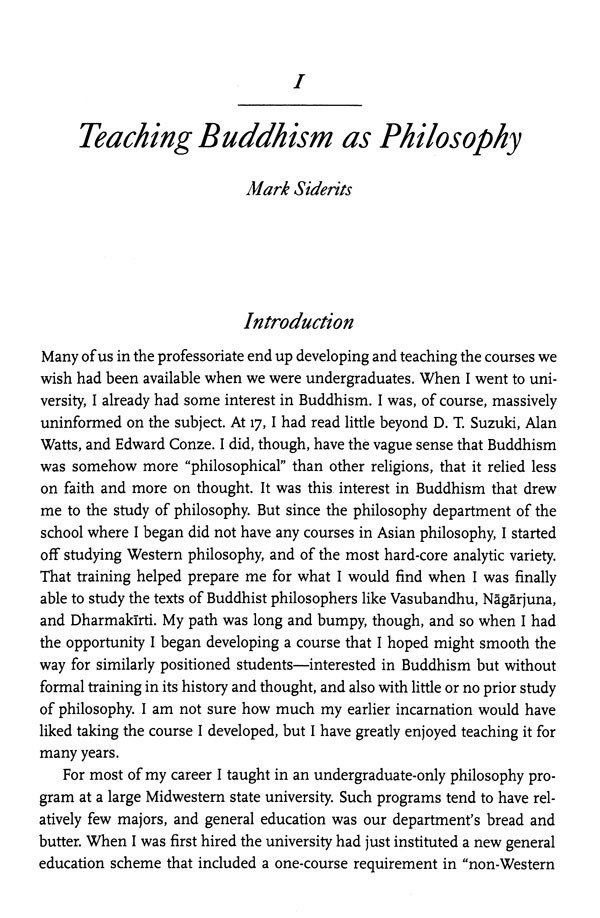
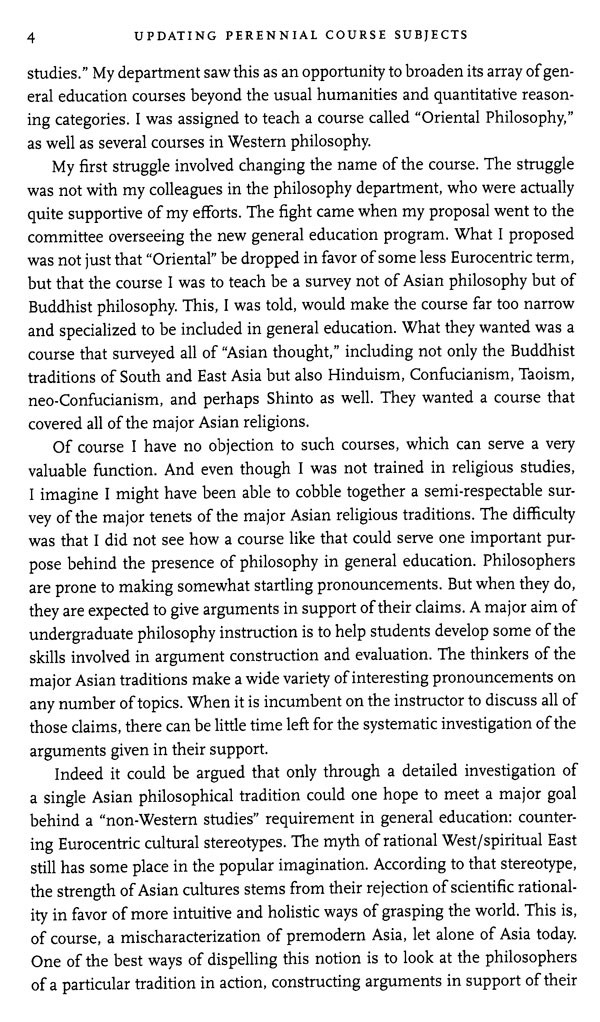

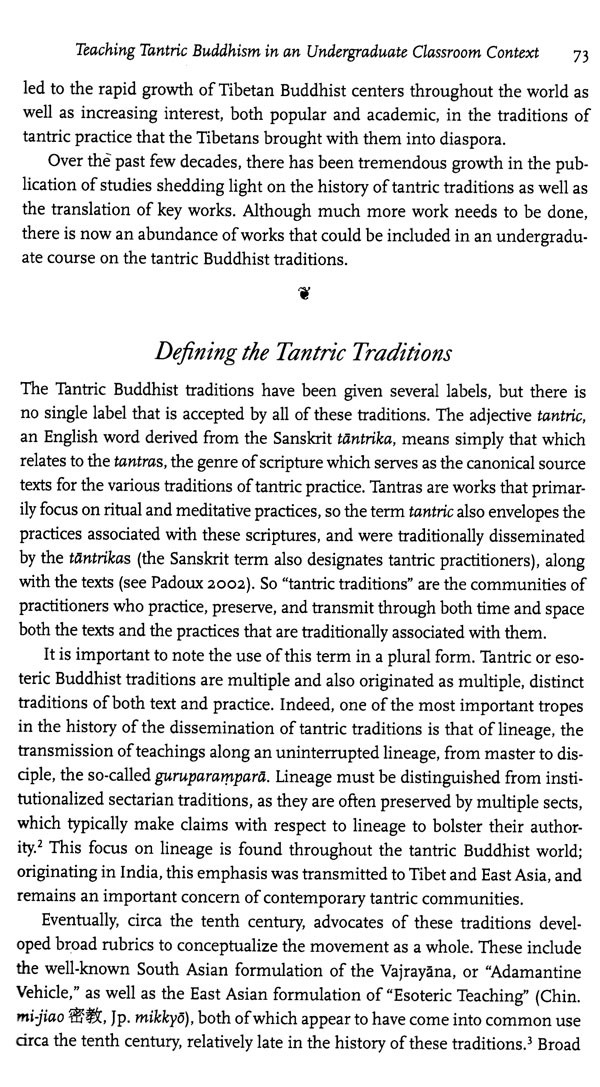
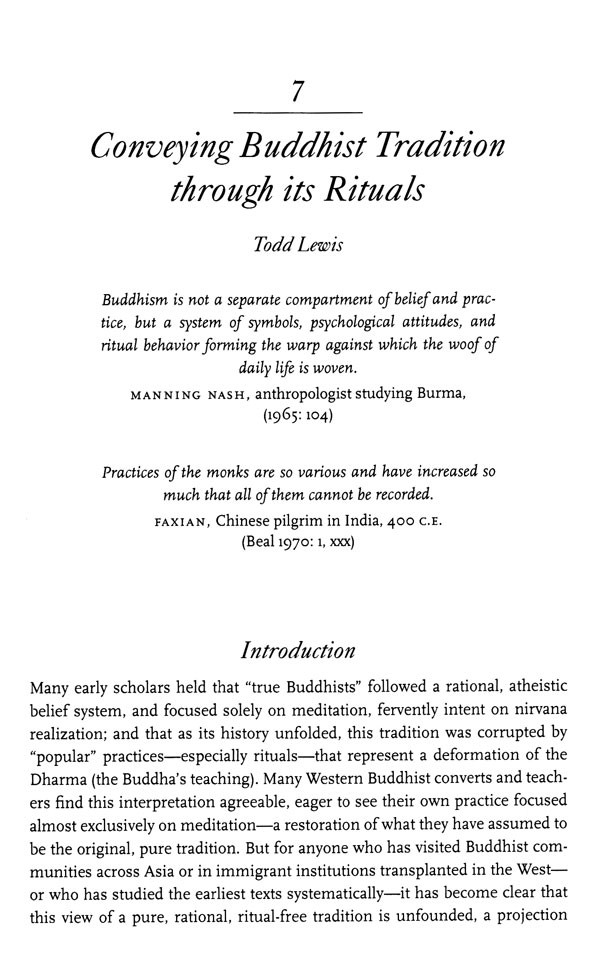

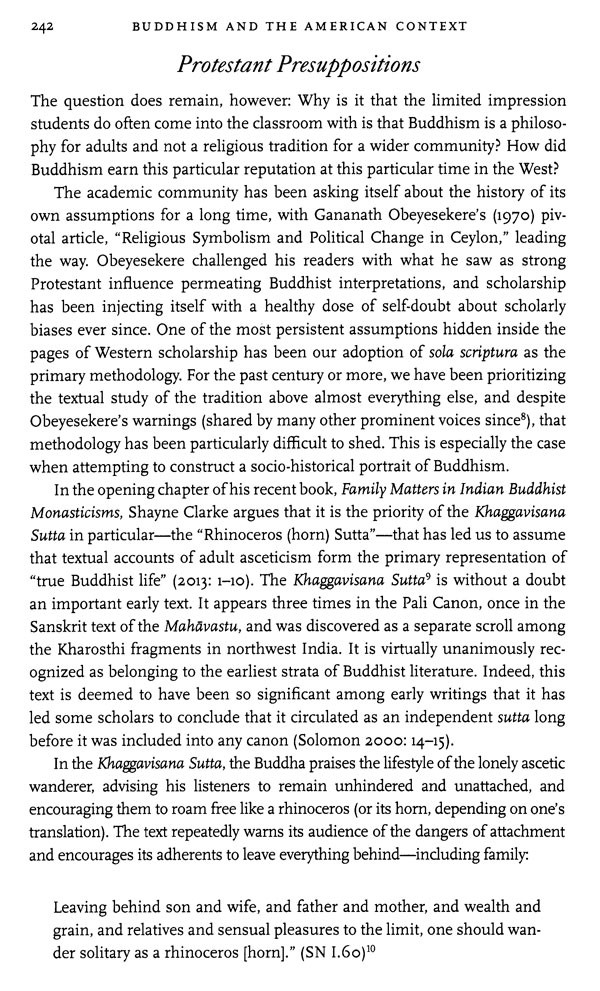

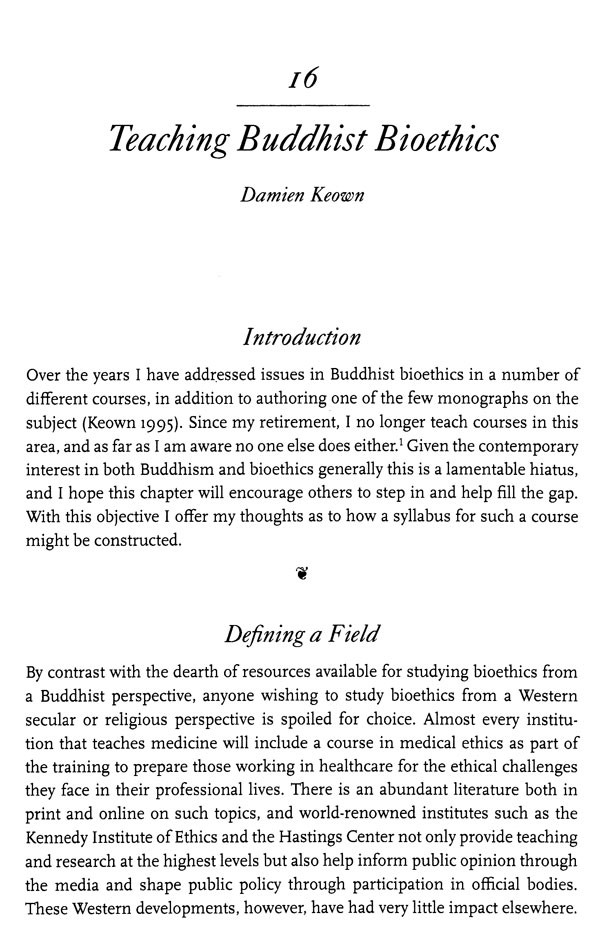
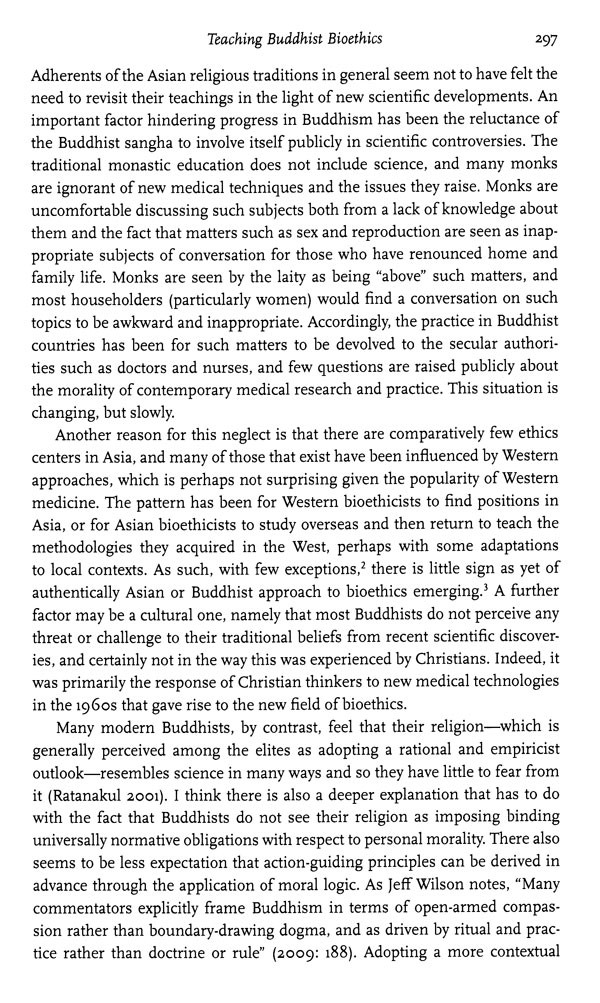
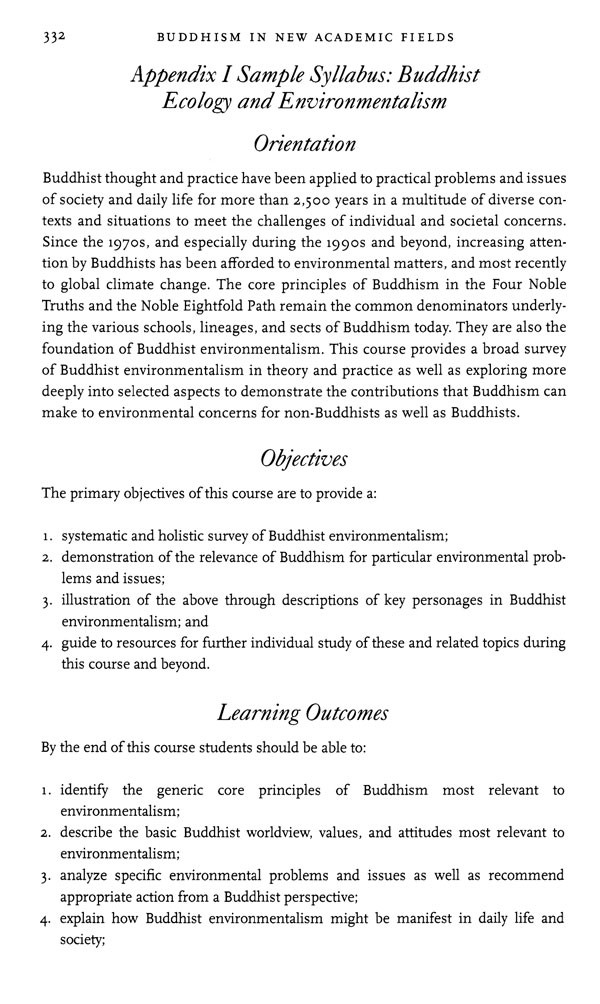
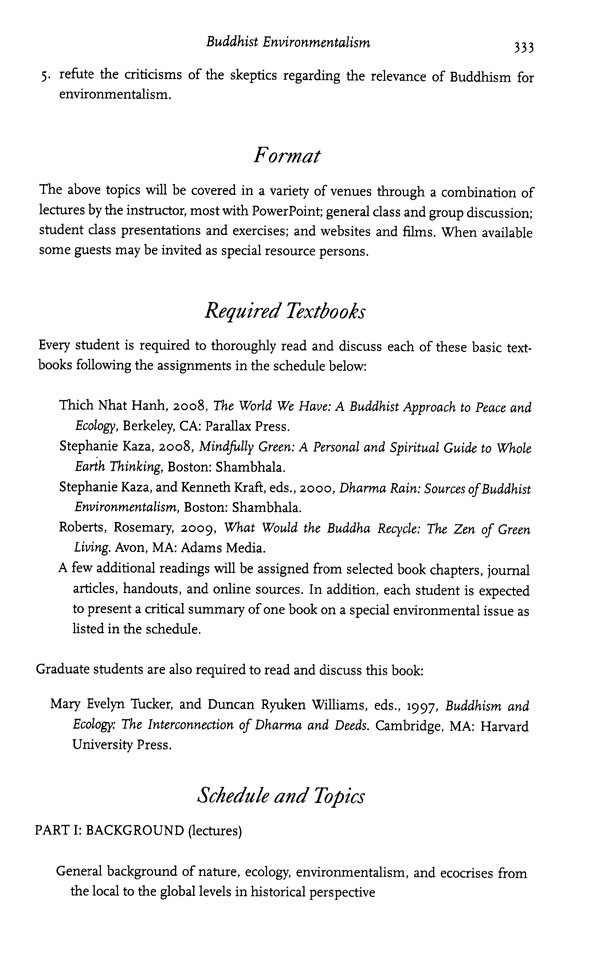
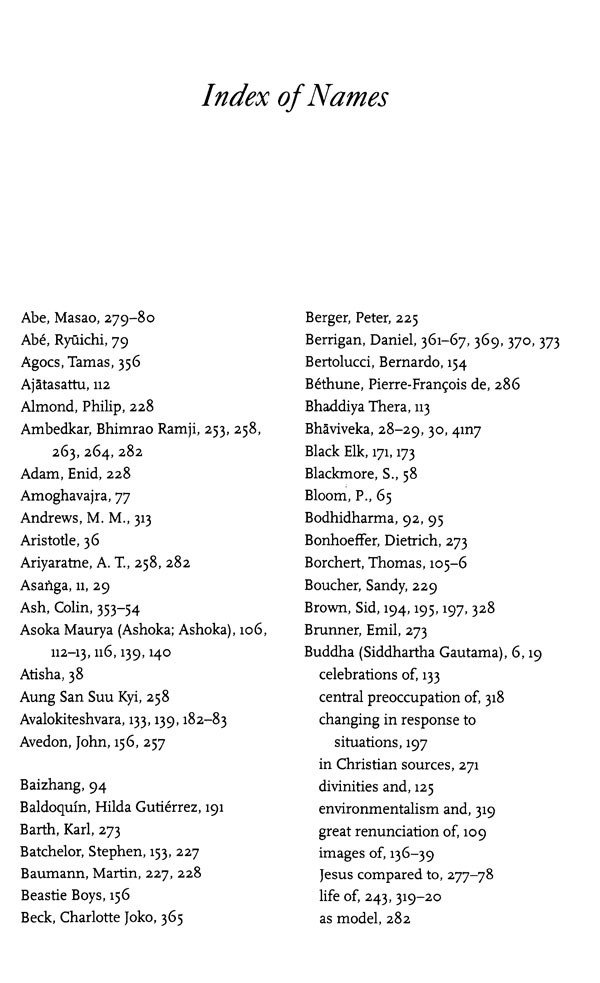
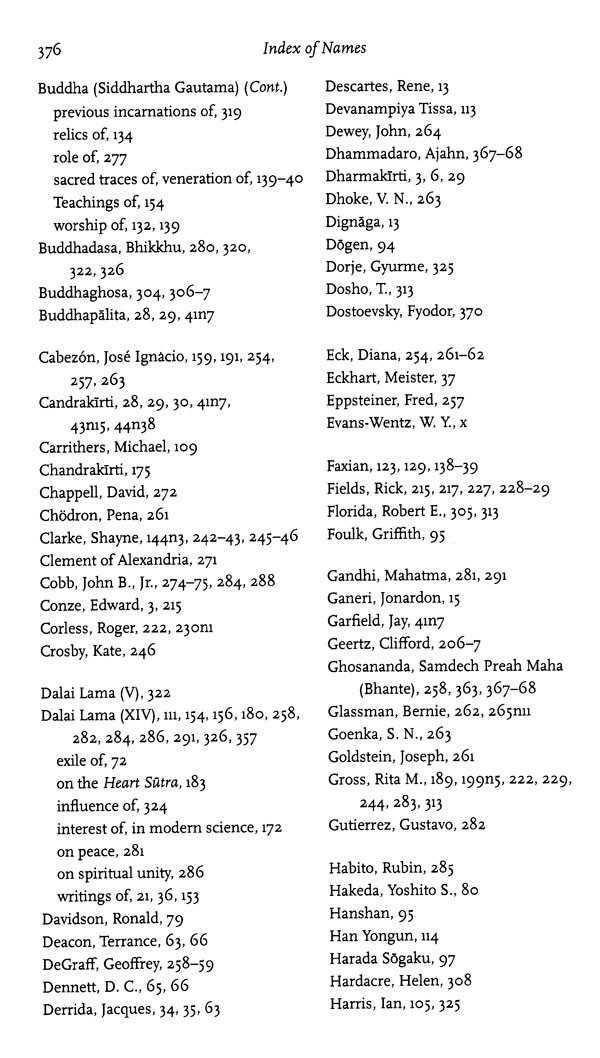
Your cart is currently empty.